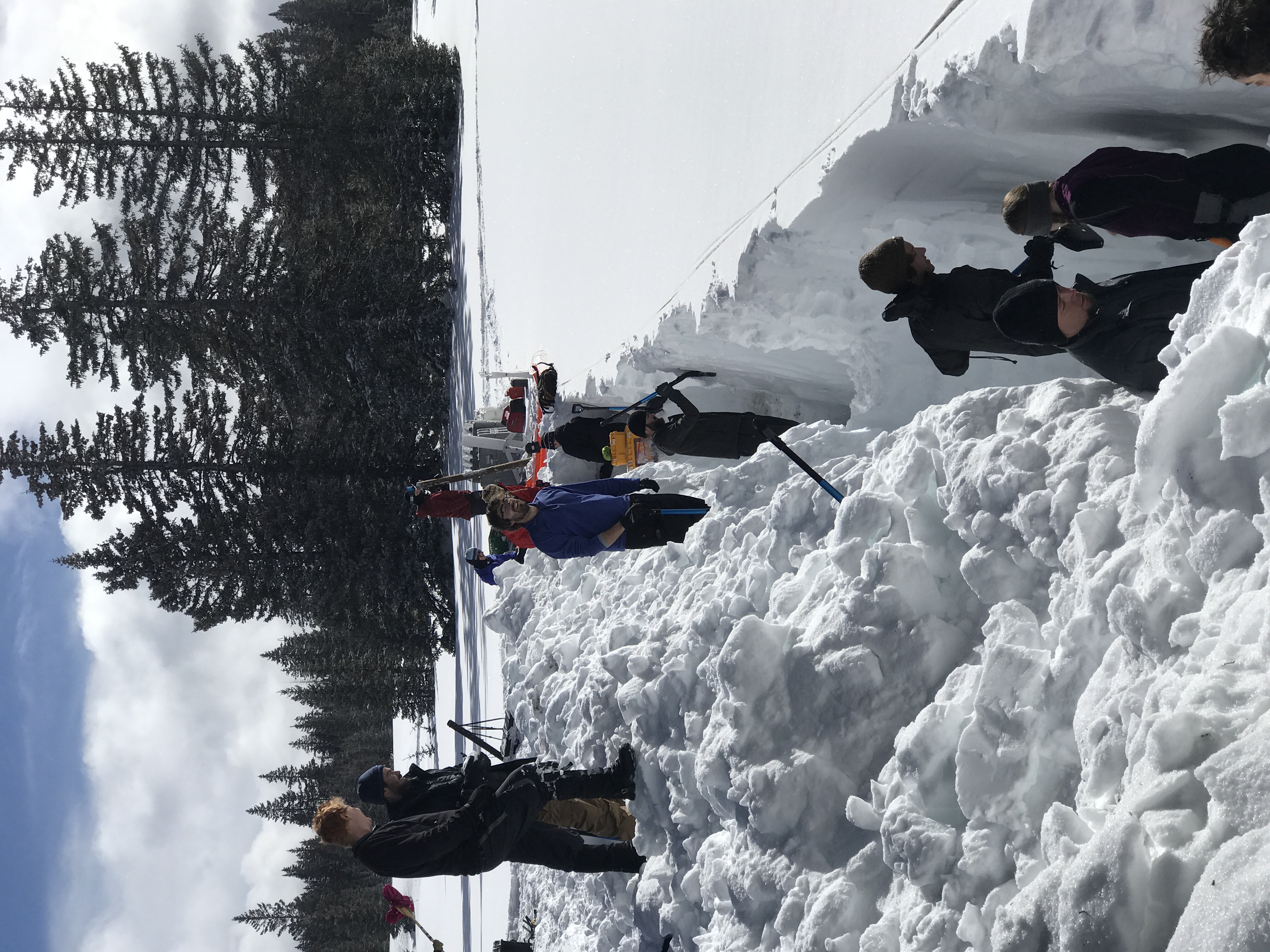By combining field observations with a multiple-hypotheses approach to model development, we seek a better understanding of the dominant processes in the transient snow zone and a path towards a better, coupled atmosphere-hydro model.
Our work:
- We are teaming with Dr. Martyn Clark at the National Center for Atmospheric Research (NCAR) to develop modular snow models that allow for the evaluation of each modeling process or algorithm independently. By eliminating the possibility of compensating errors from the evaluation process this structure exposes the sources of model uncertainty. We will analyze the performance of boundary conditions supplied by both the Weather Research and Forecasting Model (WRF) and field observations. A primary field sites at Snoqualmie Pass, WA has been used for testing and evaluation.
- The intermittent, or transient, snow zone is defined as areas where 10-50% of October to March precipitation falls as snow. Because intermittent snow is almost always ripe to melt, it responds immediately to energy inputs, resulting in a change in snow water equivalent (SWE) rather than just a change in internal snowpack temperature. This readiness-to-melt makes intermittent snow an extra sensitive indicator of snow model performance. Therefore, any model improvements vetted in this area will translate into better snow modeling everywhere, including the seasonal snow zone.

Material contained here and within the embedded links is based upon work supported by the National Science Foundation under Grant No. EAR-1215771. Any opinions, findings and conclusions or recomendations expressed in this material are those of the author(s) and do not necessarily reflect the views of the National Science Foundation (NSF).